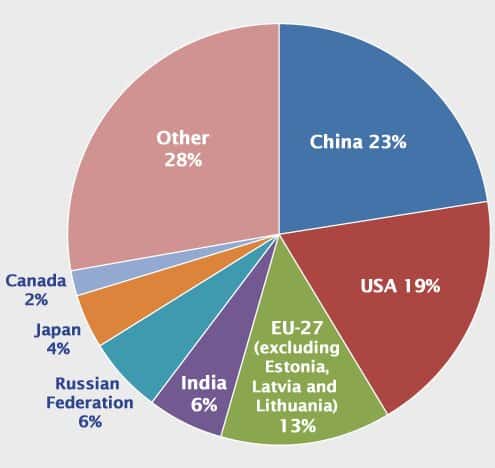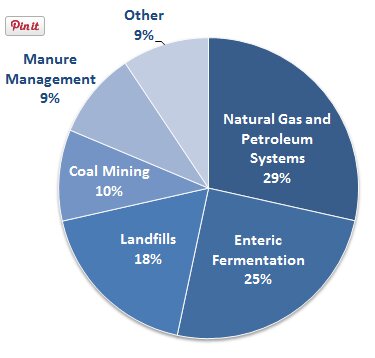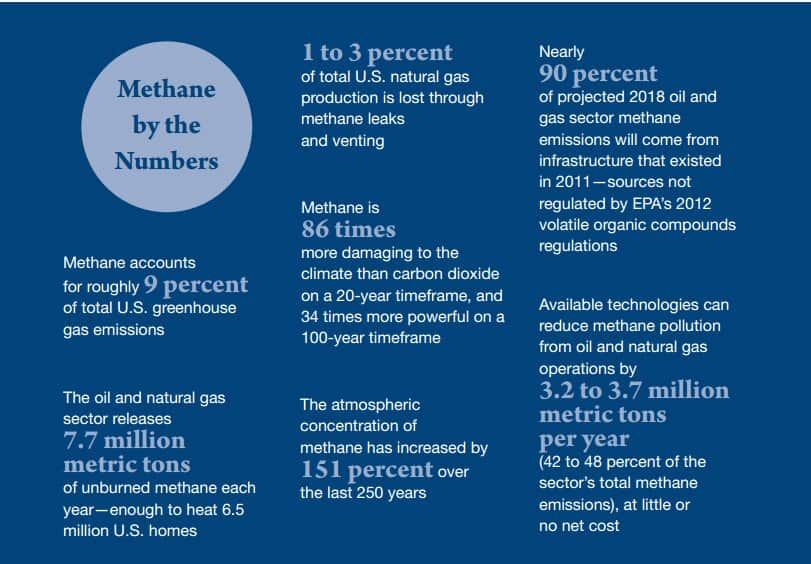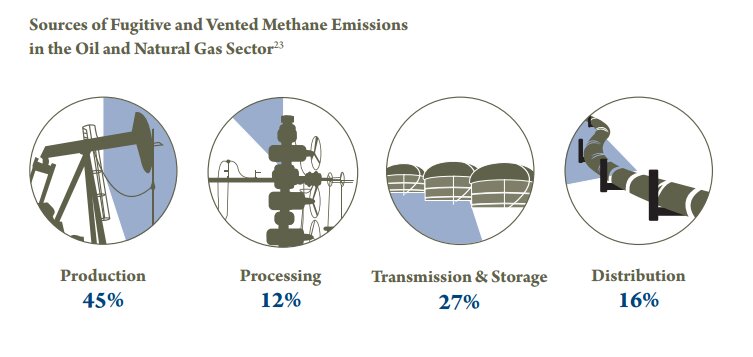This is my third article about environmental and/or methane issues and I am sure it will not be my last. Why is it that significant? Environmental issues are not going away my friends. There are many countries around the world that have grown industrially. This has made these countries huge contributors to changes in the world’s environment. It’s not just the ‘big, bad’ USA anymore, yea us! However, our current administration is trying to make changes to show the world that we can be a producer of natural resources and not be a producer of harmful emissions at the same time.
This graph shows world wide emissions.

So here is the meat and potatoes of the announced rule to go into effect this year, 2015.
- A 40-50% cut from the 2012 levels of methane emissions over the next 10 years, so 2025.
- It goes farther than the 2012 by calling our methane emissions specifically and not the umbrella of all volatile organic compounds.
- It only targets “new and modified oil and gas production sources.”
- For older facilities the White House is asking companies for voluntary changes.
From all the articles I read, the issues that many environmental groups have with the new announcement is the use of the word “voluntary.” With the current decline in oil prices and some companies cutting jobs, these environmental groups worry that cutting methane emissions will not be a priority. Completely fair assumption. On the other hand, I have read just as many articles where representatives from the oil and gas industry want everyone to realize that even with the huge boom of hydraulic fracturing, methane emissions have fallen 73% since 2011. So they have been trying.
I have discovered one thing that both sides seem to agree on. The oil and gas industry is just a small piece of the methane emissions issue.

Funny side note, who knew cattle, deer, and camels were so environmentally unfriendly with all their enteric fermentation?
Here are some facts on methane emissions within the oil and gas industry from a study done by the New York University School of Law.

As I stated in my previous blog the oil and gas industry cannot be the only ones to be held accountable to the lower methane emission standards. However, as we are a massive, influential, profitable, and worldwide industry, we should be as proactive as possible. The EPA already has programs in place to help oil and gas companies cut emissions at the production, processing, transmission and/or distribution level. Instead of venting or flaring associated gas companies can capture this wasted resource. Dehydrating gas to use for instrument gas at the well site is another way companies can utilize a sometimes wasted resource and in the end save themselves money.

Check our Croft Production Systems’ main product line. We can lease or sell our units. Make the investment now to save money over the life of your companies well.












